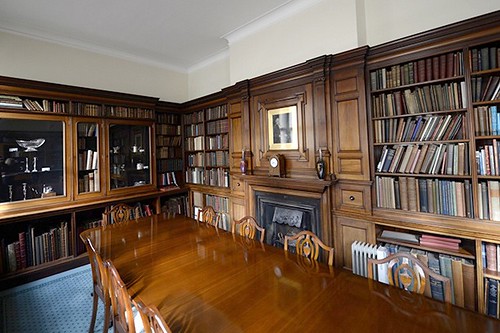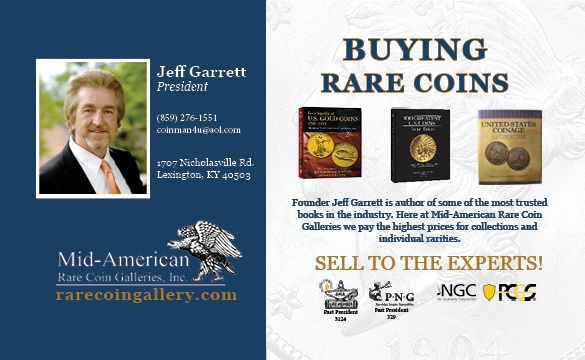
PREV ARTICLE
NEXT ARTICLE
FULL ISSUE
PREV FULL ISSUE
MORE ON THE BIRMINGHAM ASSAY OFFICE LIBRARY SALEGil Parsons submitted these thoughts on the recent Birmingham Assay Office library sale. Thanks! -Editor 
John Andrew's excellent piece on the recent Birmingham Assay Office Sale had much to provoke thought. I just wanted to add some personal reflections as an adjunct to the article. The sale, after having been switched from a high profile venue to an online only format, proved to be one of the very first of any type to happen after the lockdown. My expectation, echoed by that of many colleagues, was that it would be time to buy heavily, in accord with the dictum of Buffett and others: "Buy when there's blood in the streets." This proved, as had been the case with a sale in New York immediately before, totally unrealistic. I rose at 2:00 AM California time and rapidly discovered that I would spend a fair amount of time sitting on my hands as prices almost across the board climbed far above what any rational dealer might be inclined to pay. The auctioneers refer to such a sale as "a white-glove" sale, ie, one in which every lot sells. I do believe that the sale represents one of those watershed events which will prompt all of us, dealers and collectors alike, to adjust our thinking upwards with regard to values, particularly of items unique or rarely seen in the marketplace. I was not totally dissatisfied, and did manage to purchase a few lots, but my review of the catalogue subsequent to the sale convinced me that I had been excessively timid in the face of changed realities. As regards John Andrew's larger point: "What does it all have to do with numismatics?" There is much to be said, and I believe that one positive benefit of such a sale is to inculcate the idea that "numismatic literature" might well be a far broader category than has customarily been thought and we can all grasp more widely at issues of context and related matters to further our numismatic understandings. One example might serve: there was an exceptional offering in the Birmingham sale of books on metalwork in general and on ornament in particular, much of which can be brought to bear on the artistic influences upon coin and medal engravers. Likewise, law and banking bear heavily upon numismatic thinking. OK, I don't fully understand the relevance of books on glass or majolica or especially that of two of the stars of the sale, both Harrison on Longitude (Lot 207 Account of the Proceedings in order to the discovery of the Longitude 1763--hammer 24,000 pounds--and Narrative of the Proceedings relative to the Discovery of the Longitude at Sea 1765--hammer 22,000 pounds), but I'm working on it...lol!!!" In my book those important titles would be great to have in any library. For some good more affordable non-numismatic reading, I recommend Dana Sobel's 1995 book, Longitude: The True Story of a Lone Genius Who Solved the Greatest Scientific Problem of His Time. -Editor
To read the earlier E-Sylum articles, see:

Wayne Homren, Editor The Numismatic Bibliomania Society is a non-profit organization promoting numismatic literature. See our web site at coinbooks.org. To submit items for publication in The E-Sylum, write to the Editor at this address: whomren@gmail.com To subscribe go to: https://my.binhost.com/lists/listinfo/esylum All Rights Reserved. NBS Home Page Contact the NBS webmaster 
|